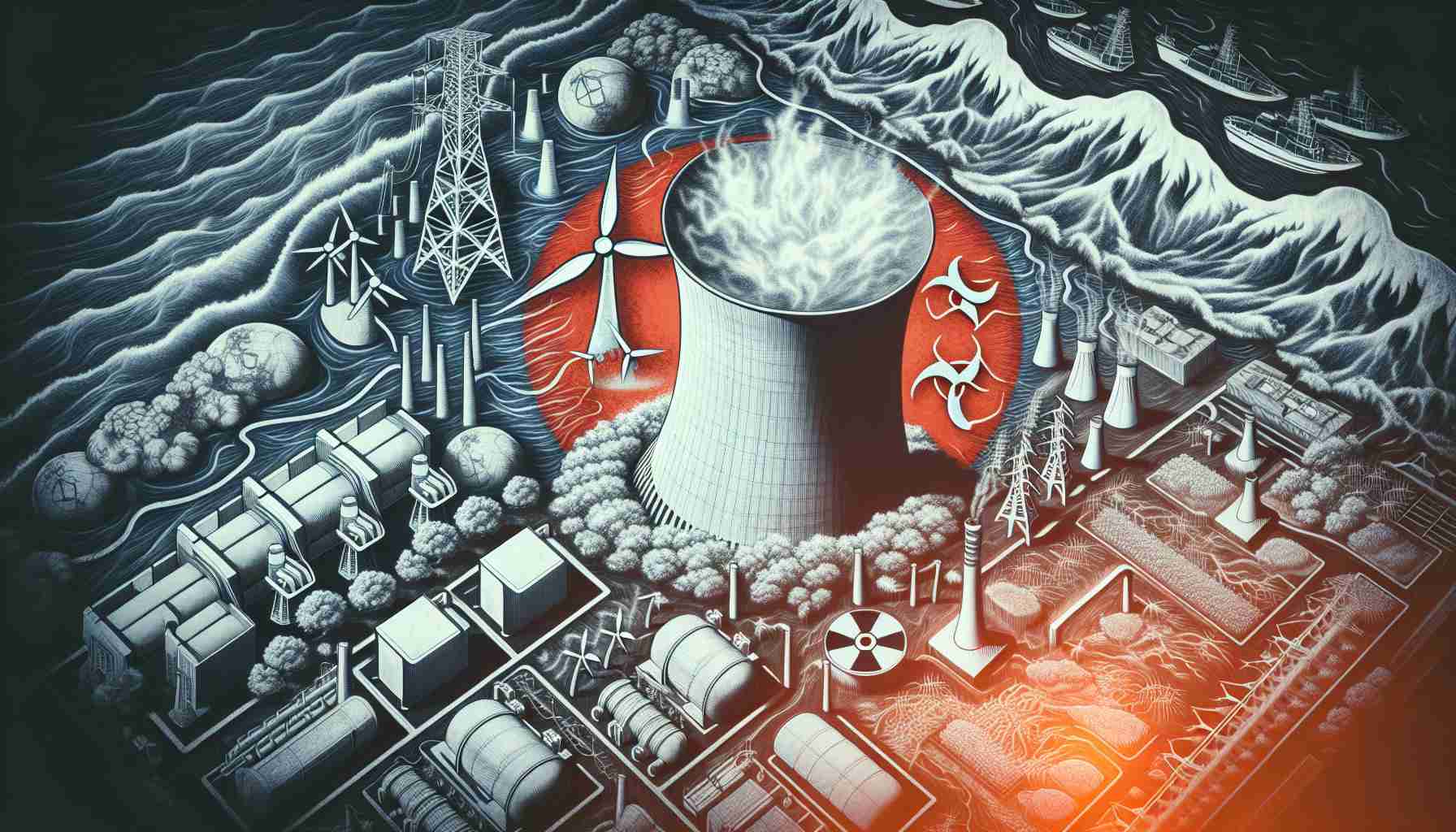- Protons contain quarks and gluons, showcasing a complex inner structure.
- Quantum information theory has been pivotal in understanding proton dynamics.
- High-energy collisions of electrons and protons reveal hidden aspects of proton interiors.
- Quantum entanglement among partons plays a critical role in particle interactions.
- An international research team has developed a universal model guiding future physics experiments.
- This research reshapes nuclear physics and informs future collider experiments.
- Understanding protons is crucial for deciphering the fundamental nature of matter.
Delve into the intriguing world of protons—tiny powerhouses teeming with quarks and gluons, swirling in a cosmic dance. Recent groundbreaking research reveals that these particles are far more complex than once believed. At the heart of this discovery is an innovative approach using quantum information theory to shed light on the enigmatic interior of protons.
In a dazzling display of high-energy collisions, when relativistic electrons collide with protons, they unleash high-energy photons that penetrate the proton’s core, revealing a concealed realm of quarks and virtual particles. This interaction serves as a window into the proton’s dynamic structure where quantum entanglement reigns supreme. The entangled partons react in ways that challenge our understanding of particle physics.
An international team of scientists from institutions across the globe, including Brookhaven National Laboratory and the Polish Academy of Sciences, has formulated a universal model that aligns with experimental data and anticipates future findings. Their research confirms that high-energy collisions provide critical insights, allowing physicists to predict the behavior of secondary particles that emerge from these interactions.
This revelation not only transforms our perception of nuclear physics but also sets the stage for new experiments at future colliders that could redefine fundamental theories.
In summary, the quest to comprehend the proton’s intricate interior is yielding rich rewards, suggesting that the universe’s tiniest components hold far-reaching implications for our scientific future. By unraveling the complexities of quarks and gluons, we edge closer to understanding the very fabric of matter itself.
Unlocking the Secrets of Protons: New Insights and Future Directions
The Complex World of Protons: An Overview
Recent advances in quantum information theory have unveiled significant complexities within protons, challenging established theories in particle physics. Research has demonstrated that protons are not simply complicit aggregates of quarks and gluons, but dynamic entities influenced by the phenomenon of quantum entanglement. This breakthrough has implications not only for our understanding of fundamental particles but also for the future of nuclear physics and high-energy experiments.
Key Innovations and Insights
1. Quantum Information Theory Applications:
– Researchers are using concepts from quantum information theory to explore the interactions between quarks and gluons. This approach has revealed that the interior dynamics of protons operate under principles yet to be fully understood.
2. High-Energy Collisions and Photon Emission:
– When relativistic electrons collide with protons, they produce high-energy photons capable of discerning the hidden realm within protons. These experiments are pivotal in revealing the nature of subatomic particles, particularly virtual particles that come into play.
3. An Anticipated Future:
– The universal model developed by an international team highlights predictive capabilities for secondary particles emerging from proton collisions, which could lead to new theoretical frameworks and are crucial for upcoming collider experiments.
Frequently Asked Questions
1. What are the primary findings about protons from the recent research?
The findings reveal that protons are intricate structures whose properties are influenced by quantum entanglement among quarks and gluons. The research shows that high-energy collisions allow physicists to access this hidden complexity and predict how particles interact at unprecedented levels.
2. How will these discoveries affect future experiments?
These discoveries will guide the design and objectives of future high-energy colliders, allowing scientists to test new theories about the fundamental forces in nature. They may also lead to breakthroughs in our understanding of particle interactions and fundamental physics.
3. What implications do these findings have for our understanding of the universe?
Understanding the complexity of protons could bridge gaps in the Standard Model of particle physics and expand our knowledge of matter’s fabric. Insights gained could influence theories related to dark matter, forces of the universe, and the fundamental building blocks of everything around us.
Conclusion
The pursuit of knowledge surrounding protons is more relevant than ever. As researchers apply innovative techniques to track the intricate dance of quarks and gluons, the door to a deeper understanding of the universe opens—a journey promising to redefine the nature of reality itself.
For further insights into proton research and particle physics, please visit Brookhaven National Laboratory.
The source of the article is from the blog maltemoney.com.br












